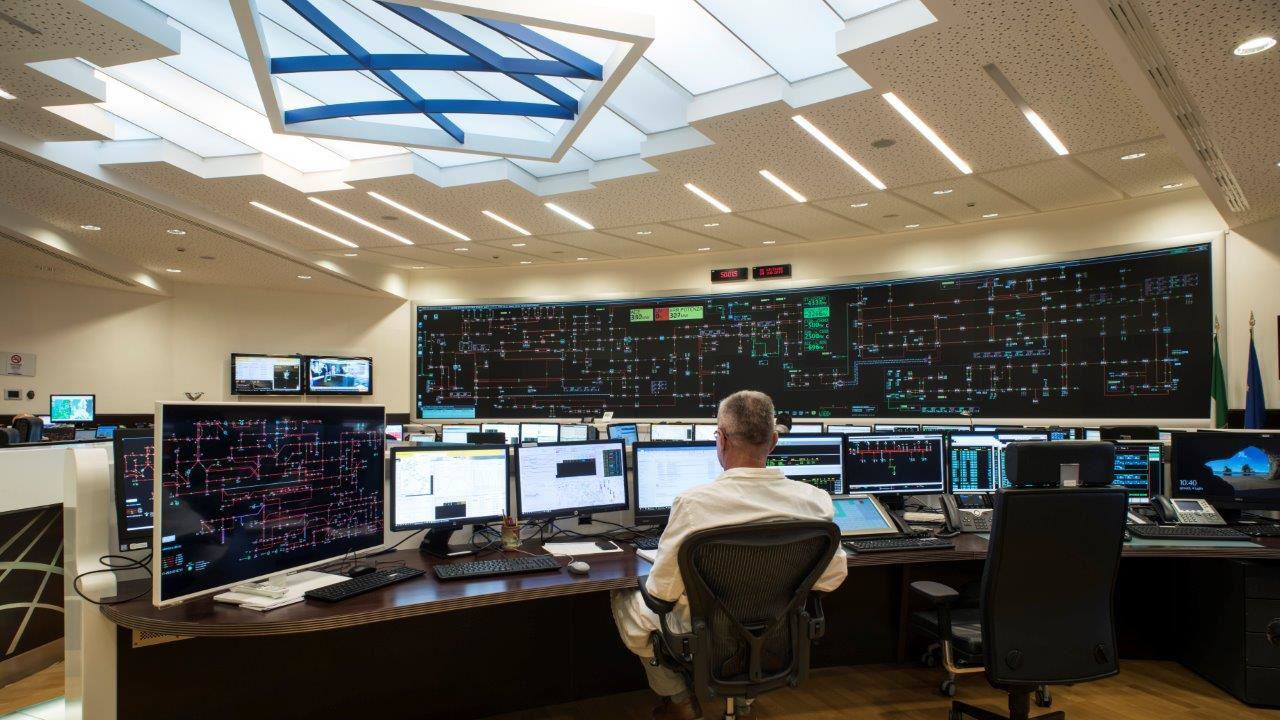The electricity market is the virtual space where electricity is purchased and sold wholesale. It is a crucial element of the electricity system and – as for any other free market – is based on the law of supply and demand. The final aim is to arrive at the best price to balance the needs of producers with those of consumers.
In Italy, the electricity market is relatively recent. Its birth dates back to 16 March 1999, when the Bersani decree – in accordance with European Union directives - liberalised the electricity sector in Italy.
Market Structure The electricity market is divided into two main sectors:
1. The Energy Market, itself divided into:
Day-Ahead Market (MGP)
Intra-Day Market (MI)
2. Dispatching Services Market (MSD), itself divided into:
The programming phase, or “ex-ante MSD”
The real-time phase, or Balancing Market (“MB”)

